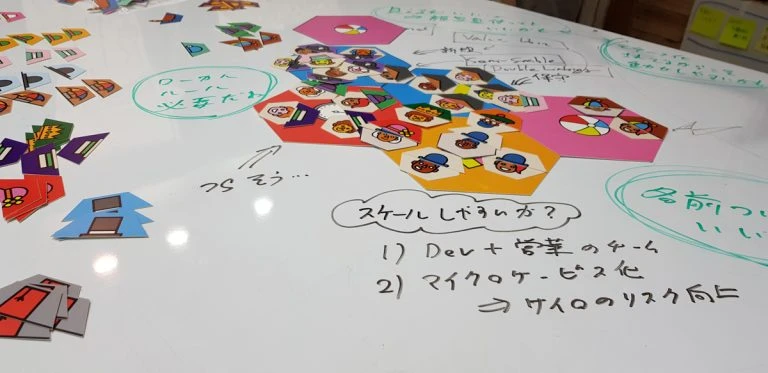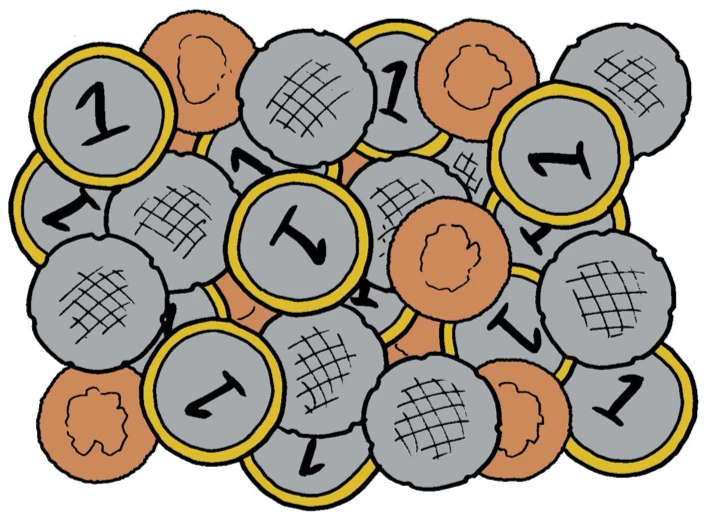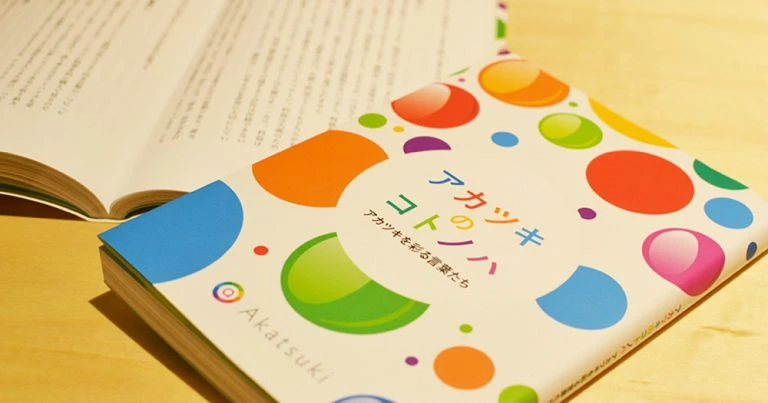My recent hobby is making music with synthesizers upstairs in the loft of my house. And most of the time I try out something new and it sounds really cool, but most of the time it doesn’t really hit the tone. Nevertheless, in both cases I have learned something new, either “Oh that really works well, I wanna even improve it” or “Damn, this isn’t really useful, lets try something else”.
That is exactly how learning and Kaizen is happening in our life, work, teams and organizations.
To visualize this in an easy manner, Jurgen Appelo created the Celebration Grid, which he called his “Best Diagram Ever”. And I agree, the Celebration Grid has so many richness in it, it is just awesome. For me it basically has two powerful aspects:
1.) It highlights the importance of learning by running experiments, which is the foundation of every successful team and business nowadays.
2.) It is a great tool for doing retrospectives of your recent actions, either for Agile teams in their two weeks retrospective events or for Managers who want to review the companies actions of the past three months.
 The Celebration Grid in a Nutshell
The Celebration Grid in a Nutshell
The Celebration Grid compares behavior with outcome. If you run good practices (right side) then you have a high chance of success. On the opposite side are the mistakes or bad practices, they usually fail.
But sometimes good practices fail or bad practices succeed, it is rare though. In those rare cases you learn a little bit.
Now, the interesting part is in the middle, the experiments. Experiments either fail or succeed. You don’t know it until you have tried it out. As I explained in my introduction, the creative music process happens a lot of times in this area. You try something and it succeeds or fails, but in both cases you learn. That is the beauty of running experiments.
When a experiment succeeds, it will eventually become a good practice. On the other hand, when the experiment fails, well don’t worry, you have at least learned something. The important thing I experienced from experimenting with synthesizer music: “Don’t beat up yourself if it is not sounding well”. Failures happen all the time, but they are not the end of the world. It is just one step further to something new 🙂
Celebration Grid for Retrospectives
I am using the Celebration Grid regularly to review projects.
For example, last year we run the first Management 3.0 conference in Japan. It was a huge success and over 300 people joined. We organized this conference by a small core-team of a few people. One week after the conference it was time to review our actions.
We run the retrospective and used the celebration grid. At first, everyone put their post-its to the celebration grid and then we shared them. I usually prefer to start with Good Practices, then Mistakes and then experiments:
As this was the first conference, we did a lot of new things, which were experiments to us.
For me, the biggest benefit of running such a retrospective, is the openness which emerges during such a conversation. Everyone shares their failures and successes. Then we celebrate the learning and successes from good practices. This is really great for building trust and engage risk taking, which is important for creating a culture of running experiments.
Have you tried the celebration grid already? Give it a try, it is a great experiment 🙂
And for those who are interested in my music, visit my soundcloud profile.

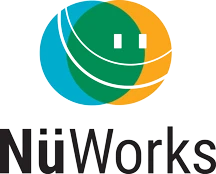
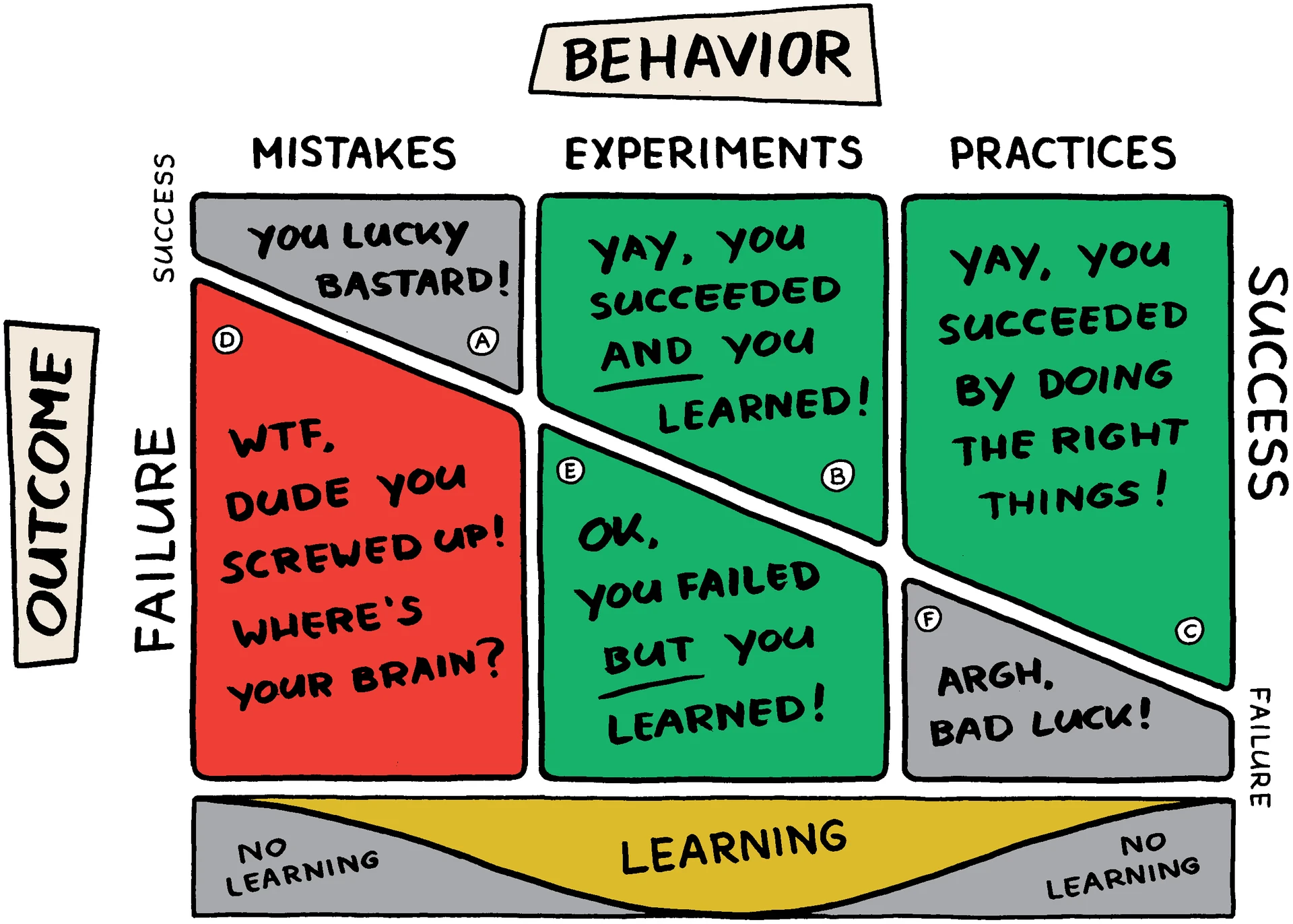
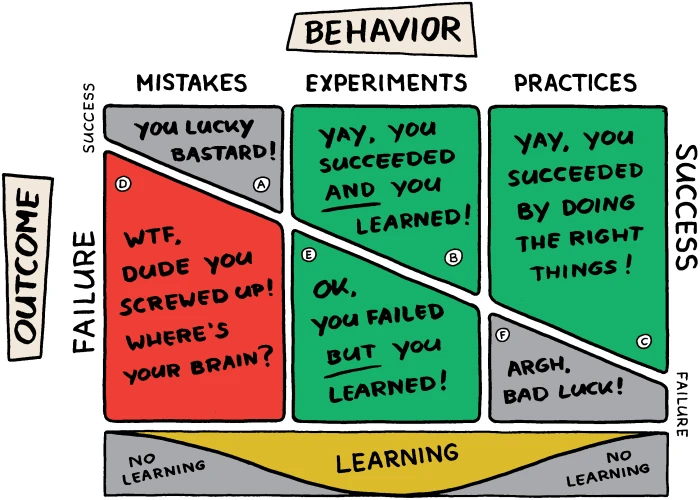 The Celebration Grid in a Nutshell
The Celebration Grid in a Nutshell
